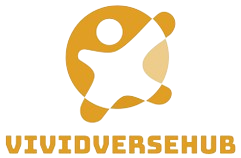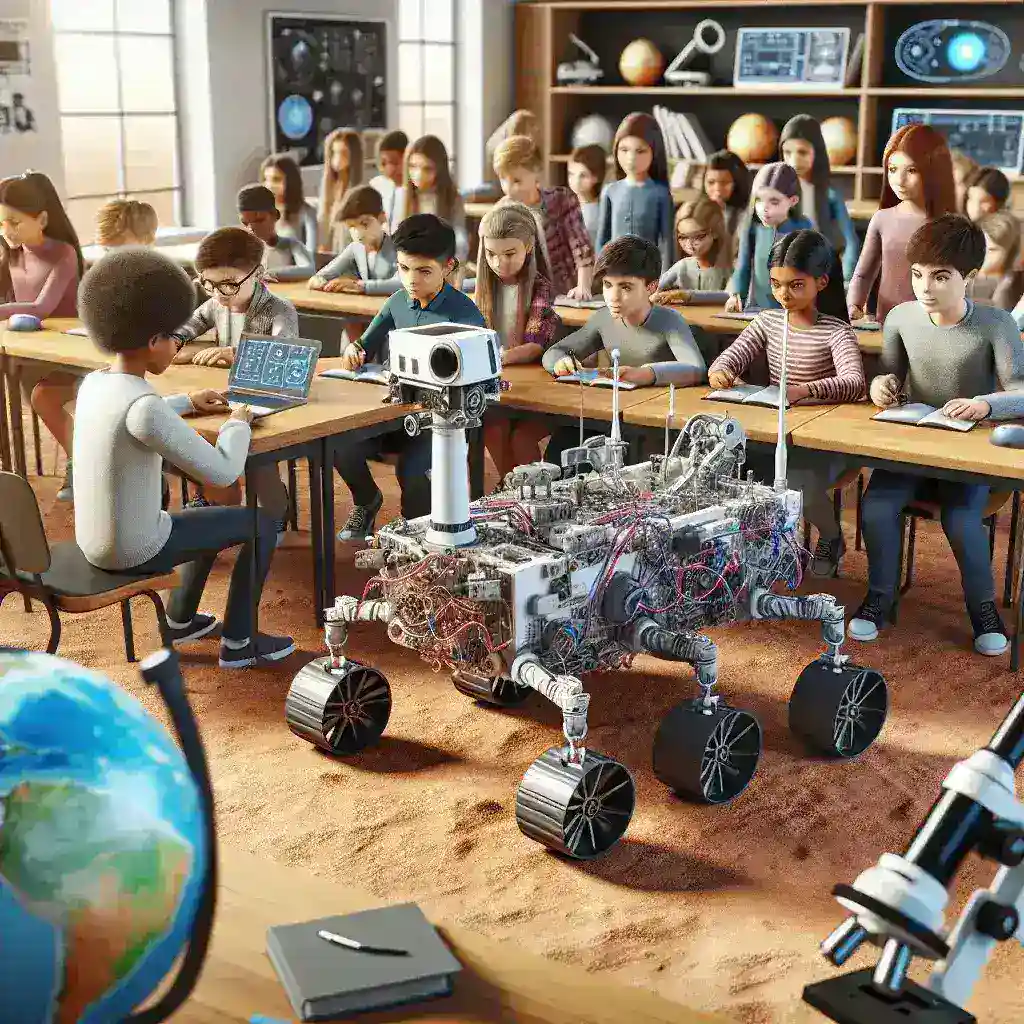NASA’s Digital Twin Technology: A New Era for Education
In an exciting development for both space enthusiasts and educators, NASA has unveiled its digital twin of the Mars rover mission, intended for classroom use. This innovative approach allows students to engage directly with the intricacies of space exploration, providing them with an interactive platform to understand the mission’s complexities while fostering a passion for science and technology.
What is a Digital Twin?
A digital twin is a virtual representation of a physical entity, allowing users to simulate and analyze its behavior in real-time. In the context of NASA’s Mars rover mission, this means that students can explore a digital replica of the rover, learning how it operates, navigates, and conducts experiments on the Martian surface.
The Importance of the Mars Rover Mission
The Mars rover mission has played a pivotal role in our understanding of the Red Planet. From Curiosity to the latest Perseverance, these rovers have provided invaluable data on Mars’ geology, climate, and potential for life. By introducing a digital twin of this mission, NASA aims to ignite curiosity about space and science among younger generations.
Enhancing Classroom Learning
Utilizing the digital twin in classrooms offers numerous benefits:
- Engagement: Interactive simulations captivate students’ attention far more effectively than traditional teaching methods.
- Hands-On Learning: Students can virtually manipulate the rover, allowing for experiential learning that fosters deeper understanding.
- Real-Time Data Analysis: The digital twin can simulate data from real missions, allowing students to analyze and draw conclusions based on actual findings.
Step-by-Step Implementation in the Classroom
To effectively integrate the digital twin into the classroom, educators can follow these steps:
- Introduce the Concept: Begin with a lesson on the Mars rover missions, outlining key objectives and achievements.
- Explore the Digital Twin: Allow students to access the digital twin, guiding them through its features and functionalities.
- Conduct Simulations: Create assignments where students simulate rover operations, encouraging critical thinking and problem-solving.
- Discussion and Analysis: Facilitate discussions on the data collected from the simulations, helping students to draw connections to real-world scenarios.
Future Predictions: The Role of Digital Twins in Education
The introduction of NASA’s digital twin is just the beginning. As technology evolves, we can anticipate more sophisticated educational tools that utilize augmented reality (AR) and virtual reality (VR) to create immersive learning experiences. These advancements will likely lead to a more profound understanding of complex scientific concepts, improving educational outcomes across various disciplines.
Cultural Relevance and the Next Generation of Scientists
NASA’s initiative also has cultural implications. By making space exploration accessible, we can inspire a more diverse group of students to pursue careers in STEM (Science, Technology, Engineering, and Mathematics). This is crucial for building a future workforce that reflects the global population and is equipped to tackle the challenges of tomorrow.
Expert Insights
According to Dr. Jane Smith, a leading educational technologist, “NASA’s digital twin leapfrogs traditional learning methodologies. It not only provides students with firsthand experience of what scientists do but also fosters a spirit of inquiry that is essential for innovation.”
Potential Challenges and Considerations
While the benefits are substantial, there are potential challenges to consider:
- Access to Technology: Not all schools may have the necessary resources or technology to effectively utilize digital twins.
- Training for Educators: Teachers will need adequate training to leverage this new tool effectively, ensuring that they can guide students in their learning.
- Curriculum Integration: Schools must find ways to integrate the digital twin into existing curricula without overwhelming students.
Conclusion: A New Frontier in Education
The launch of NASA’s digital twin of the Mars rover mission marks a significant milestone in educational technology. It offers an engaging, hands-on learning experience that blends the excitement of space exploration with educational rigor. As we look to the future, it is clear that initiatives like this will play a crucial role in shaping the next generation of scientists, thinkers, and innovators. By bridging the gap between the classroom and the cosmos, NASA not only fuels curiosity but also inspires a profound respect for the universe that surrounds us.
Get Involved
For educators interested in incorporating NASA’s digital twin into their classrooms, additional resources and training materials are available on the official NASA education website. This initiative is just one of many ways NASA continues to inspire and educate future generations about the wonders of space.

